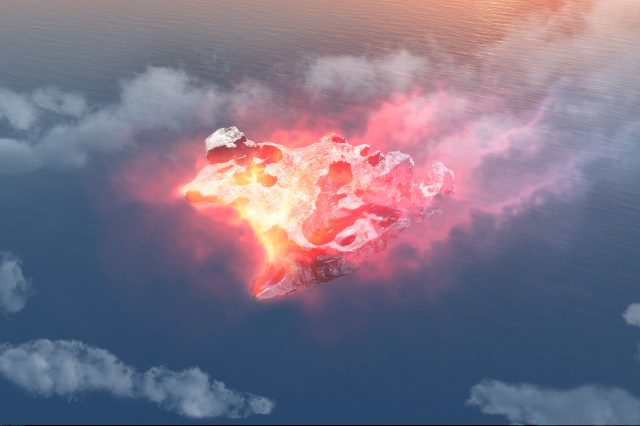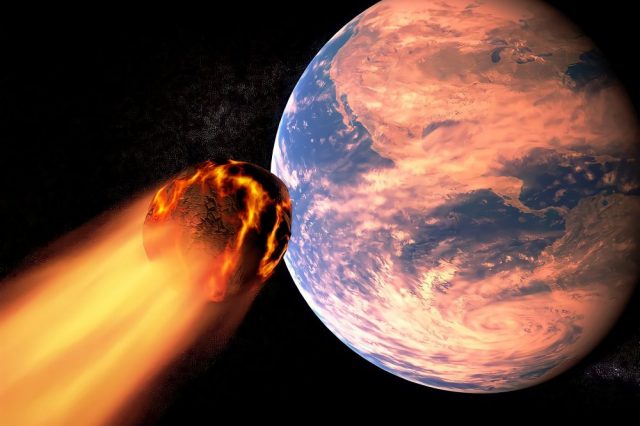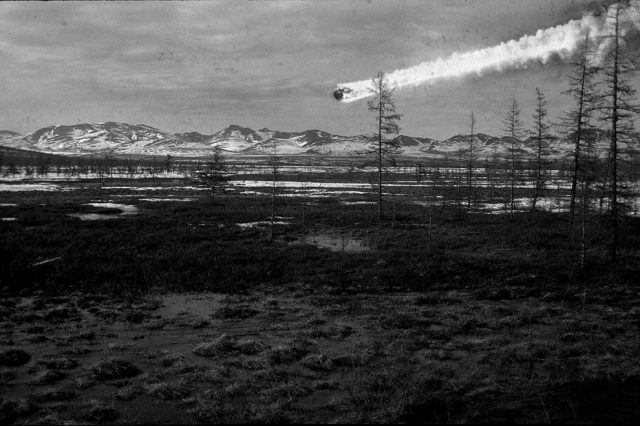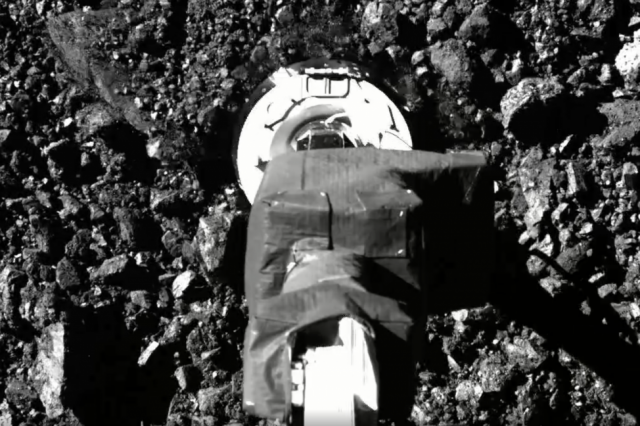New research attributes the absence of debris from the asteroid that may have caused the large 1908 explosion over Tunguska in Siberia to the fact that the space rock responsible for the massive destruction of more than 8 million trees, probably bounced off the atmosphere and is still orbiting the Sun today.
In the summer of 1908, what likely seemed as a fireball appeared over northern Siberia. Eyewitnesses described a column of blue light that moved across the sky, followed by a tremendous explosion. The blast razed 80 million trees over an area of 2,000 square kilometers.
The explosion and eyewitness accounts are consistent with a large meteorite impact, but to this day no evidence of a crater has been found, if the meteorite impacted Earth, it must have left behind a massive crater.
Now known as the Tunguska Event, its cause remains a mystery to this day. Despite several studies of the area, nothing was found, no remnants of a meteor impact site. This has led some to look for other causes, such as a massive natural gas leak, also giving birth to bizarre theories such as the destruction of a UFO, or even that Nikola Tesla had created a device called a Death Ray which may have accidentally caused the destruction in Tunguska.
Given what we know, the most likely cause is a blast wave, where the asteroid exploded into the atmosphere, similar to the impact of the Chelyabinsk meteorite in 2013. By the size of the impact area, the original asteroid is estimated to have been almost 70 meters. This would explain why a large impact crater has not been found. The Tunguska region is sparsely populated and the event only had a handful of witnesses.
Scientific investigations of the event did not occur until the 1920s. It was then that the impact region was mapped and the first searches for an impact crater were undertaken. In the 1960s, it was clear that the event was similar to a nuclear blast, with an energy of approximately 5 megatons.
Meteors are known to glide through our atmosphere, so the idea isn’t alien to us. The most famous event was the 1972 Great Daylight Fireball; a truck-sized space rock that zoomed through the upper atmosphere of our planet, making its way back to Earth. The meteorite was seen in parts of Utah and Wyoming.
The new study, led by Daniil E. Kherennikov of the Federal University of Siberia, analyzed whether a similar event could have produced the Tunguska explosion. The results are published in the Monthly Notices of the Royal Astronomical Society.
To find out, they modeled various scenarios and considered cosmic bodies that vary in size from 50 to 200 meters and are composed of ice or iron. They discovered that the most likely scenario is an iron asteroid about 200 meters in size. If the object had a superficial impact on the atmosphere, reaching less than 10 kilometers from the Earth’s surface it would have remained practically unscathed and would have returned to space to enter an almost solar orbit. It could still be orbiting the Sun to this day. Rapid compression of the air near the asteroid would be enough to create the observed explosion region, the researchers have concluded.
Although the pace rock has not been discovered, and there are countless space rock of similar size in the solar system, we can’t rule out that the culprit of the Tunguska 1908 explosion was a space rock of around 200 meters in diameter, and that it continues orbiting the sun to this day, more than one hundred years after what is considered one of the largest, most mysterious explosions in the history of mankind.
The “iron asteroid” it’s thought to have passed over 3,000 kilometers of the world’s surface with the lowest altitude achieved being between 10 to 15 kilometers. It traveled at incredible speed, reaching 20 kilometers per second (12.4 miles per second) before exiting into the space stripping around half of its over 30 million tonnes weight on the way.
“We calculated trajectory characteristics of space from 50 to 200 meters in diameter, and our modeling shows that it could not consist of rock or ice because, on the contrast with iron, such bodies fall apart quickly because of colossal aerodynamic pressure in the atmosphere,” Dr. Karpoov explained.





